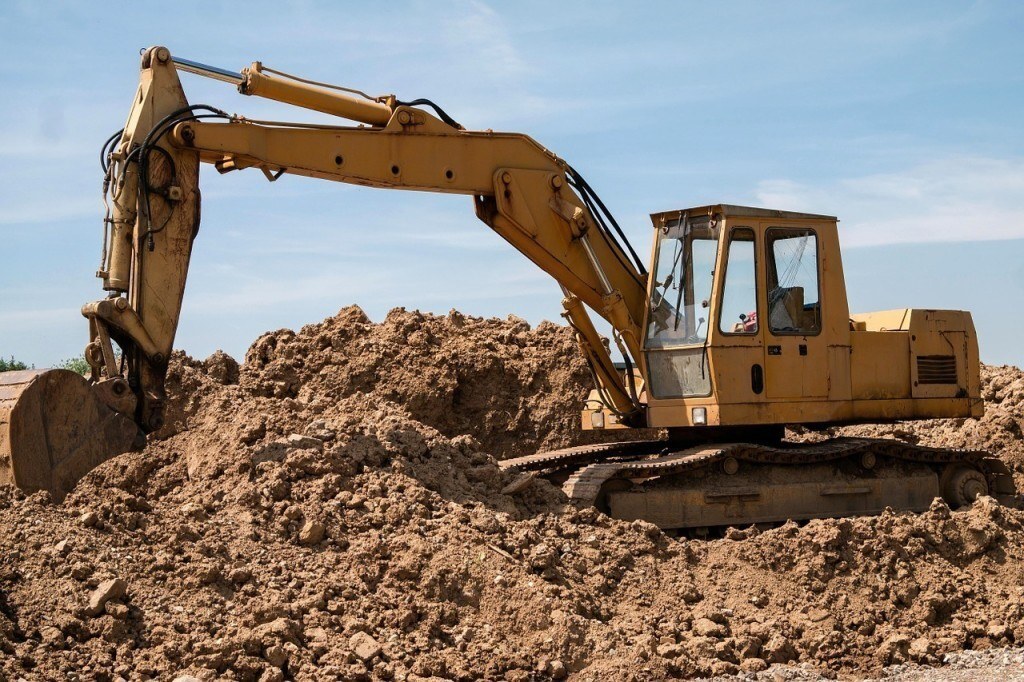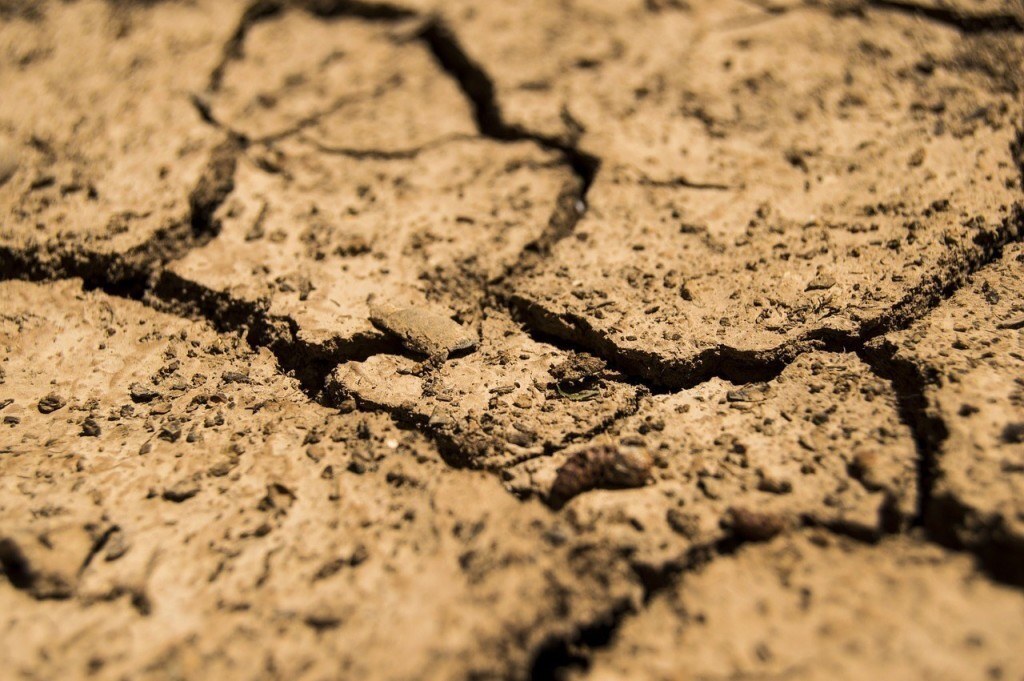When you drive through steep valleys—like the canyon carved by the Big Thompson River outside of Estes Park or the San Miguel River that pours northwest out of Telluride, CO—you may wonder how homes came to be built on such precarious slopes. In truth, the process of building goes beyond the eye-catching architecture or yard space.
From urban communities to solitary cabins, the soil and landscape are major components for considering the feasibility of any construction project.
To help, a landscape architect performs a series of inspections on the property to assess the potential of achieving a cost-efficient, sustainable structure on that site.
The founder of American Landscape architecture is Frederick Law Olmsted. A globetrotter, book writer and scientific farmer, Olmsted is most known for his Superintendent role and help in developing New York City’s Central Park, back in 1857. While a piece of landscape architecture is tied to aesthetics and natural beauty—hence the existence of an enormous park in the midst of chaotic city streets—there’s even more to the process.
During an analysis, a landscape architect considers the land planning, current building codes and ordinances, construction specifications, planting design, grading and storm water management in addition to sustainability.
Soil and Soil Aggregate
Not only do landscape architects focus on soil as a growing medium but also as a construction material, according to Site Engineering for Landscape Architects.
1) All soil is vulnerable to erosion.
And during the construction process, soil becomes loose and loses its stability. To help decrease any problems caused by erosion, one method is limiting the space where the soil is moved around during the excavation process, explained in Site Engineering for Landscape Architects.
2) Types of soil vary and soil types are an important variable when considering where to build.
There are two over-arching types of soil including granular and fine, outlined by “Ideas En Construccion,” published in the June issue of ‘Constructive Thoughts’ from ConExpo Latin America. Fine soil is made of silt and clay, which are dust or micron-type particles. The other is granular soil, which looks like small stones but is a blend of gravel, sand and particles. The latter is the stronger of the two. The former is affected by water—so, a soil that changes when wet wouldn’t be the best foundation for a construction project. A soil scientist may also consider adding an aggregate to the soil in order to increase pore space and retention. General Kinematics produces top-of-the-line aggregate equipment to aid in the process of screening out fines.
3) The soil resistance must also be considered for construction projects, lists ConExpo.
The soil should be studied and its components—namely, the size of its particles, the plasticity and the amount of water—need to be known in order to decide how the to-be building would survive on that ground. Is construction plausible and smart to create on that soil?
For a building to exist long-term, the soil of a site is a leading component in the decision process and a hinge to long-term success.









